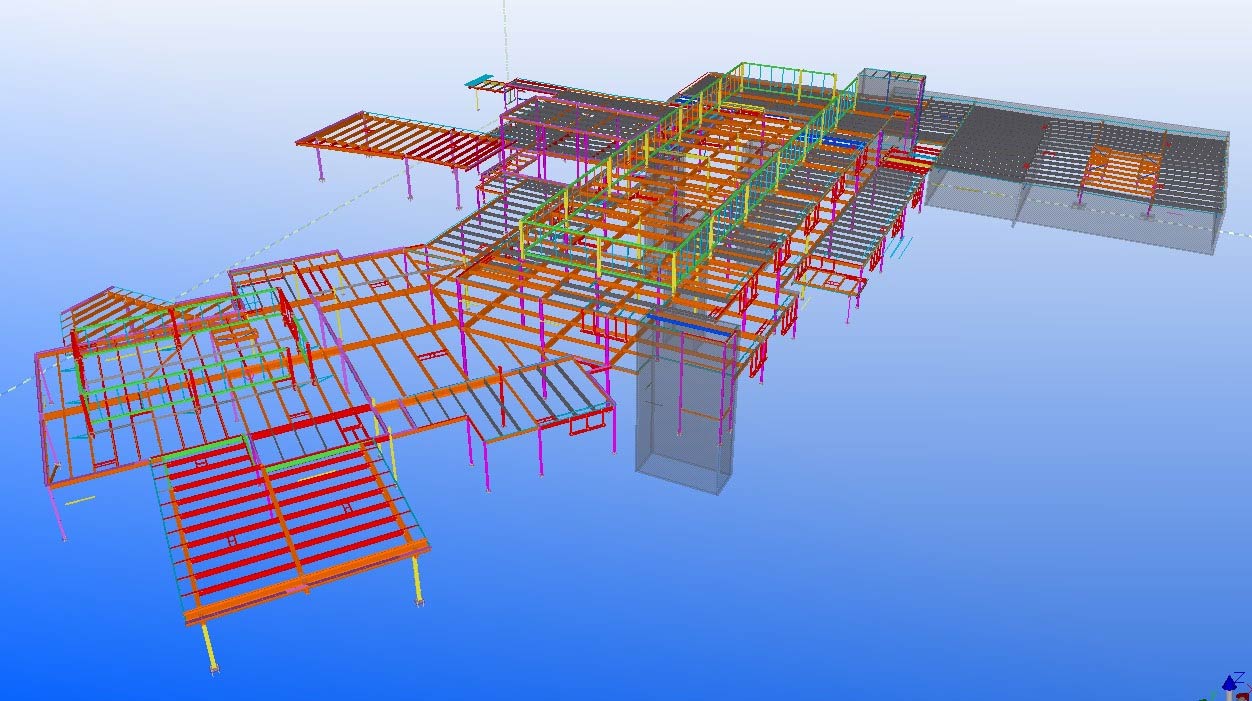Technology has brought a revolution in construction industry. Yet, when it comes to managing construction documents, paper method is still the practiced norm.
Industry is mainly driven by drawings and yet we have failed to make any advancement on how this data is managed, despite the advanced tools and technology such as BIM. One of the risky blocks of construction industry is its debatable nature of the construction projects. Contracts rule, while documentation is the statement of what has been agreed upon. Even today, sheets are considered legal documents of record and not the models.
Various tools and apps have been used to shift the industry towards an all digital and cloud enhanced process for managing construction documents. While today it is possible to foresee entire paperless construction process, the fundamental problem lies in lack of unified set of documents that can validate the project lifecycle. Even for the RFIs, the answer largely depends on who has asked for it. . The architect’s approval of a drawing, the owner’s approval of pricing and the contractor’s understanding of what should be built are often misaligned and uncoordinated.
If this wasn’t enough, it is more difficult when the applications are built keeping in mind subcontractors, project manager etc or the design phase, fabrication, handover etc. This creates a huge communication gap. You are sure the architect told you something about needing more structural support or something pertaining to roof. But where is the paper trail? Was that on paper or just conveyed personally or on phone? Such kind of poor construction document management leads to disastrous outcomes
The time when paper was still the final word in construction industry, the responsibility of managing the documents fell on an individual in control of it. Now with advancement in BIM tools, the accountability for document control has fallen on to several trades working on building projects. Moving towards the digital, cloud-based epoch for construction, the prospect and challenges for document control has set new expectations. The surge in accessing the information anytime and anywhere has grown, requiring the faster turnaround of versions. The trades look out for capable tools that can modify documents on-site, leading to rapid increase in the redundancy in designs and specs. This call for more organized and centralizes approach.
Advanced tools and gadgets is pushing, and empowering, document control to be moved from the hands of a solitary individual to the responsibility of a relentlessly connected, synergistic team. This requires Document Management tools that are worked with a comprehension of development work processes and the documents that go with a whole project, consolidated with a profound comprehension of how to best use different gadgets.
The architect’s approval of a drawing, the owner’s approval of pricing and the contractor’s understanding of what should be built are often misaligned and uncoordinated.
An Approach to Construction Management
Today, Document Management should be worked with the project at the center, with consistent associations with and from each project colleague. What is required is a focal store for all project documents, control over when data is discharged and to whom, and work processes that traverse outline through handover and 2-D to 3-D.
New ways to deal with taking care of this issue, for example, Autodesk BIM 360 Docs, will enable development to project groups keep the numerous issues related with utilizing a horde of particular, non-interoperable applications for development document.
At the point when all documentation for a project is associated in a solitary, available and controlled condition, the capacity to recount the end-to-end story around a development extend starts to unfurl.
With all design data, inclusive of the thousands of revision available in a single system of record it will prompt better deceivability, responsibility and results. Also, with individual trades of the construction project working from the correct data, the potential advantages of the advanced development time can be figured it out.
For more information on Construction Documentation, Building Information Modelling and Structural Steel Detailing kindly get in touch on [email protected]




